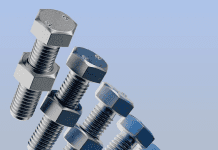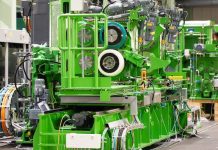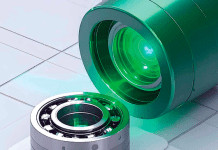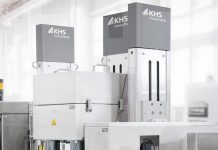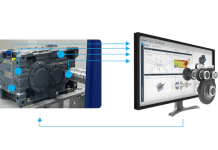Forced Response analysis in the KISSsoft® System Module enables engineers to calculate the dynamic behavior of drive trains under periodic excitations from multiple sources. Based on the frequency response analysis, this powerful tool allows engineers to evaluate the system responses in terms of amplitudes, frequencies, and phase angles due to the excitations from gear mesh forces, torque ripple and unbalanced mass. This is crucial for understanding how vibrations propagate through gears, shafts and bearings, and for improving NVH performance in electric, hybrid automotive powertrains, industrial gearboxes and others.
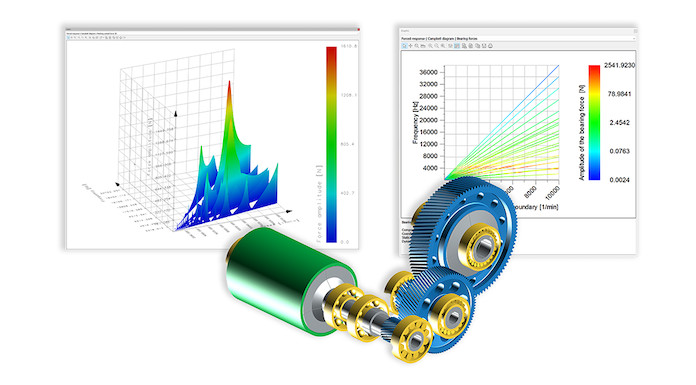 The workflow consists of three parts: in a pre-processing step, the shaft geometry and gear contacts are analyzed to determine transmission error and nonlinear stiffness as inputs for the excitation forces calculation. In the main step, the forced response calculation generates and solves the coupled vibration equations in a frequency-response framework for a steady state condition, applying excitations from gear mesh, torque ripple, and unbalanced mass. Finally, post-processing delivers gear forces, bearing loads, and shaft responses in time and frequency domains across varying speeds, allowing engineers to capture resonance effects and amplification at critical orders.
The workflow consists of three parts: in a pre-processing step, the shaft geometry and gear contacts are analyzed to determine transmission error and nonlinear stiffness as inputs for the excitation forces calculation. In the main step, the forced response calculation generates and solves the coupled vibration equations in a frequency-response framework for a steady state condition, applying excitations from gear mesh, torque ripple, and unbalanced mass. Finally, post-processing delivers gear forces, bearing loads, and shaft responses in time and frequency domains across varying speeds, allowing engineers to capture resonance effects and amplification at critical orders.
Key features
- Settings for gear mesh parameters, stiffness models, and transmission error.
- Single or multiple harmonic excitations, adjustable number of harmonics.
- Ability to include or exclude individual gear pairs as excitation sources.
- Modeling cylindrical, planetary and bevel gears, including systems with coupling or switchable connections.
- Direct import of meshing stiffness for bevel gears from GEMS files.
- Damping models that account for bearings, shafts, and gear meshes.
- Output includes frequency, time and speed domain results for gears, shafts, and bearings.
- 3D visualization of the system deformation, 2D/3D Campbell diagrams across the speed range.
- Exportable data for integration into broader NVH and acoustic simulation workflows
Key benefits
With forced response analysis, design engineers detect vibration-critical orders, optimize the micro-geometry of gears, and foresee resonant behavior before prototyping. By iteratively evaluating dynamic loads, engineers can design gears that minimize vibration amplification and significantly lower bearing forces fluctuations. This leads to improvements in NVH behavior, enabling quieter, smoother, and more efficient gear transmissions even under demanding operating conditions.




